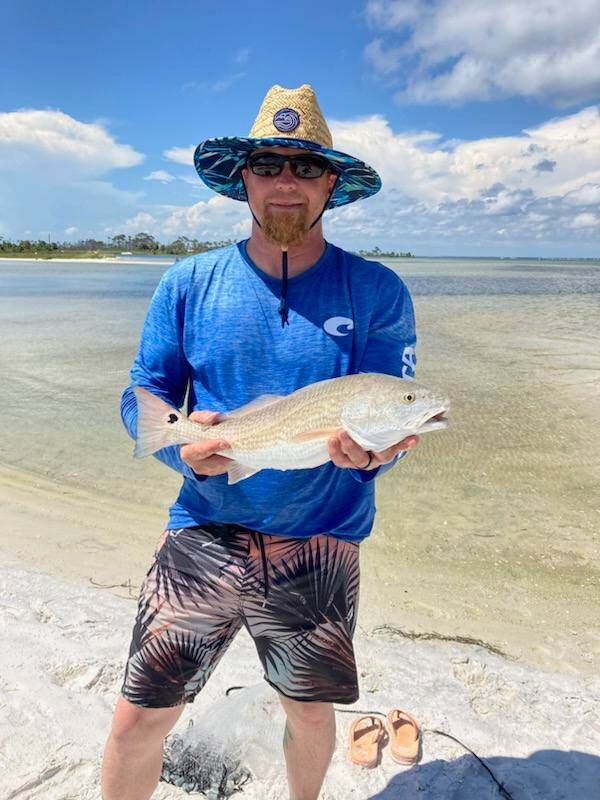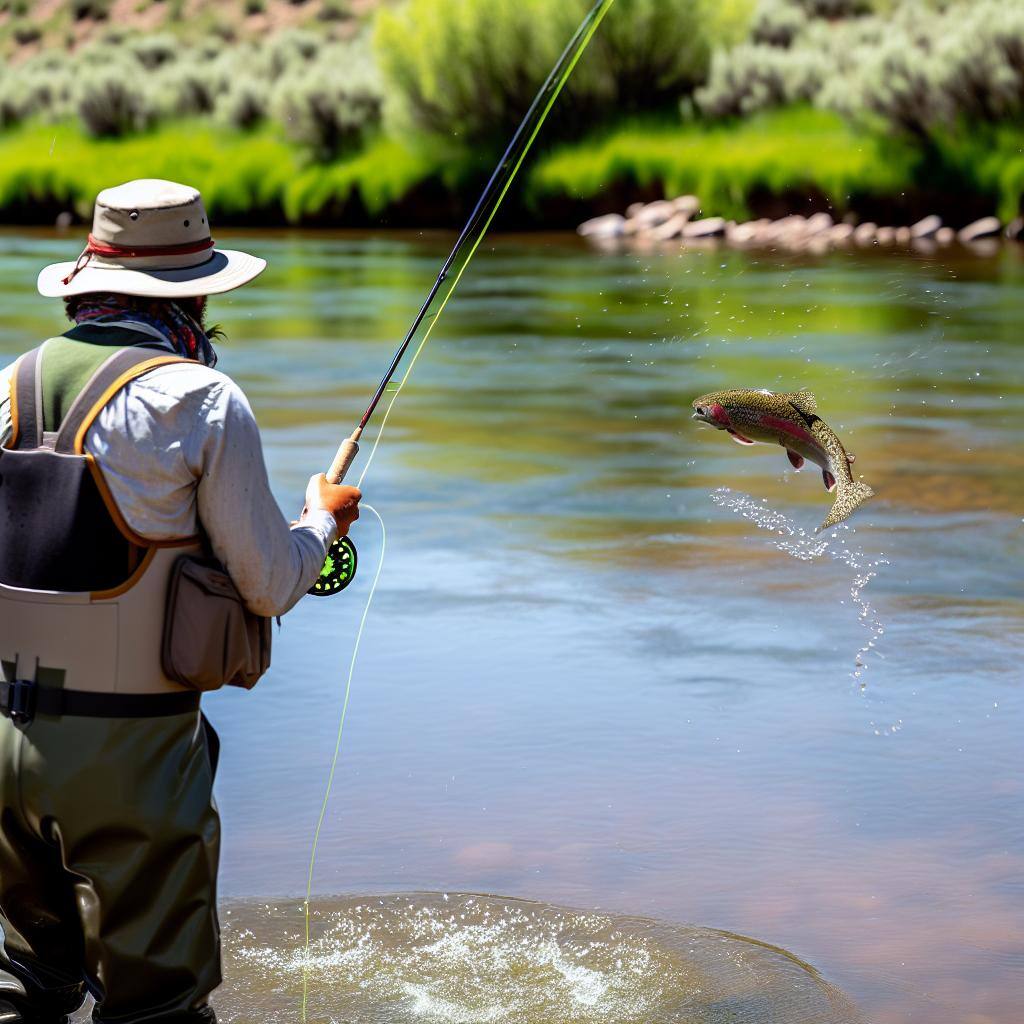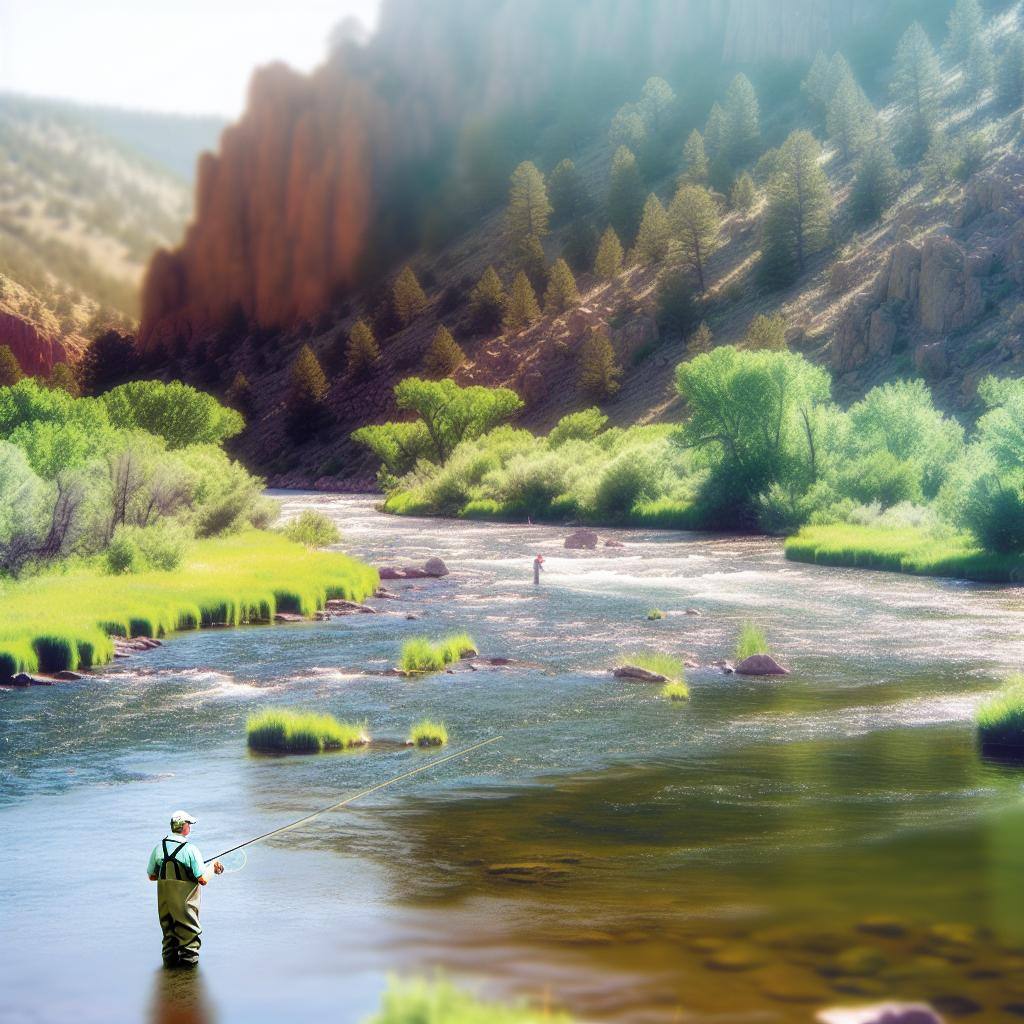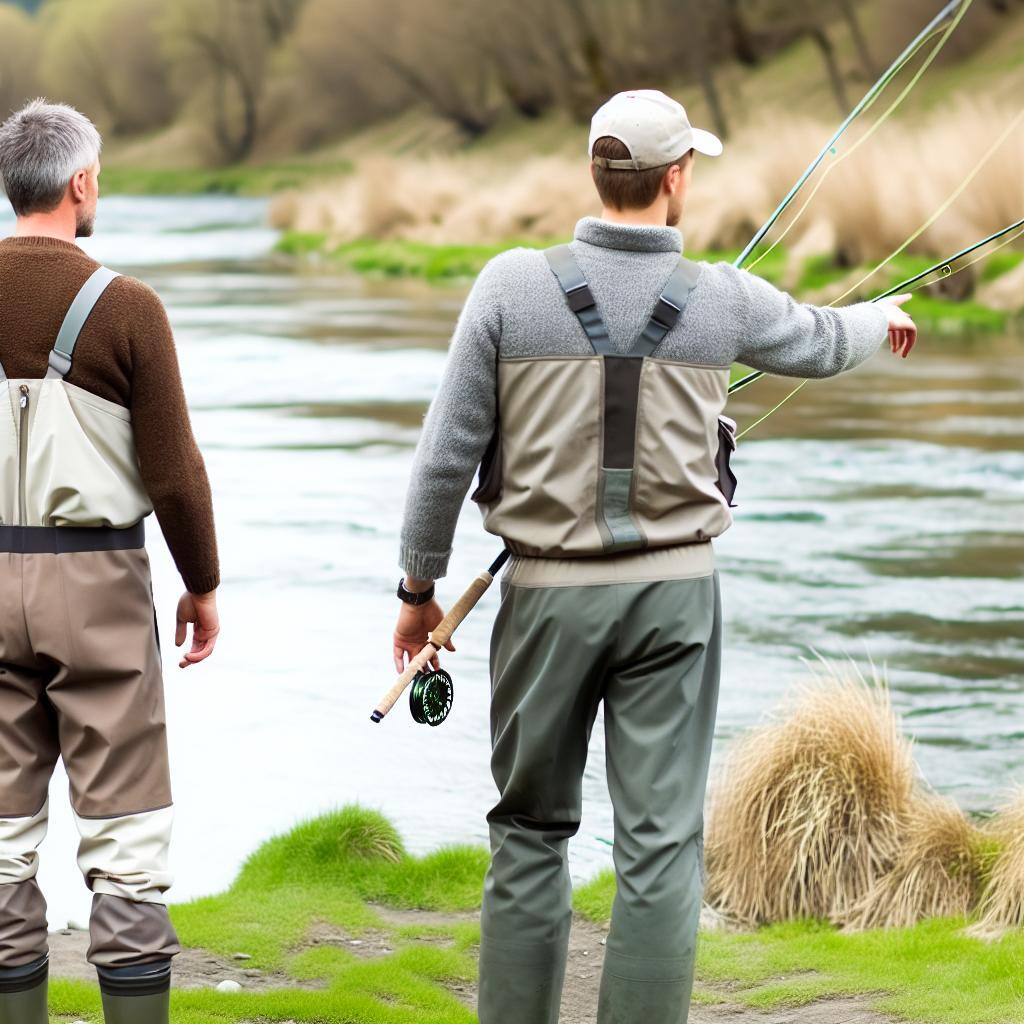When it comes to fly fishing for bass, adapting your techniques to different water types can be the key to success. Whether you're casting in a river, lake, or pond, understanding the unique characteristics of each environment—and how bass behave within them—will help you refine your approach and maximize your chances of landing a trophy fish. Here’s how to tailor your fly fishing tactics for bass in rivers, lakes, and ponds.

Fly Fishing for Bass in Rivers
Rivers offer a dynamic environment for bass fly fishing, especially for smallmouth bass, which thrive in flowing water. The key to river fishing is understanding the structure and current patterns that bass prefer.
-
Focus on Current Breaks: Look for areas where the current slows down or changes direction, such as behind boulders, logs, or along the edges of riffles. These spots provide bass with cover from the current while offering easy access to food carried by the flow. More insights on river structure can be found at Anchor Fly https://anchorfly.com.
-
Use Streamers and Nymphs: In rivers, flies that mimic baitfish or aquatic insects, like streamers and nymphs, are highly effective. Cast upstream and let your fly drift naturally with the current, imparting occasional twitches to mimic a wounded baitfish.
-
Adapt to Water Levels: River levels can fluctuate due to rainfall or seasonal changes. High water can push bass into slower backwaters, while lower water levels may concentrate them in deeper pools. Adjust your strategy accordingly to find where the bass are holding.
Fly Fishing for Bass in Lakes
Lakes provide a different set of challenges and opportunities for bass fly fishing, particularly for largemouth bass, which prefer the calmer, warmer waters typically found in lakes.
-
Target Shallow Areas in the Morning and Evening: Bass in lakes often move into the shallows to feed during the low-light conditions of early morning and late evening. Look for areas with vegetation, submerged logs, or other structures that provide cover and attract prey. For more on bass behavior in lakes, check out FishUSA's guide https://www.fishusa.com.
-
Use Topwater Flies and Streamers: During these times, topwater flies like poppers can be extremely effective, creating enticing surface commotion that draws aggressive strikes. As the day progresses and the sun gets higher, switch to streamers and target deeper areas.
-
Pay Attention to Water Temperature: Bass are sensitive to changes in water temperature. In the summer, when surface temperatures rise, bass often retreat to deeper, cooler waters. Use sinking lines or heavier flies to reach these depths and keep your fly in the strike zone longer.
Fly Fishing for Bass in Ponds
Ponds are often overlooked but can offer excellent fly fishing opportunities for bass, especially for those looking for a more relaxed, accessible fishing experience.
-
Fish Close to Cover: Bass in ponds are typically found close to structures like lily pads, fallen trees, and underwater vegetation. These areas provide shade, cover, and a steady supply of prey. Work your fly around these structures, using a slow, methodical presentation.
-
Go Light and Stealthy: Ponds often have clearer, more still water, making bass more cautious. Opt for smaller flies and lighter lines to avoid spooking them. Poppers, small streamers, and nymphs can be highly effective when fished slowly along the edges of cover.
-
Adapt to Seasonal Changes: Like other water types, bass behavior in ponds changes with the seasons. During the spring, focus on shallow areas where bass may be spawning. In the summer, concentrate on deeper, cooler spots, especially during the heat of the day.
Conclusion: Adapt Your Strategy to the Water Type
Whether you’re fishing a fast-flowing river, a large lake, or a quiet pond, understanding the nuances of each environment will help you refine your fly fishing techniques and increase your chances of success. Each water type presents its own unique challenges and opportunities, but by learning to read the water and adapt your approach, you can master the art of fly fishing for bass across all types of waters. For more detailed guides and tips, visit FishUSA and Anchor Fly.
Happy fishing, and tight lines wherever you cast!
.png?width=300&height=100&name=Copy%20of%20Rise%20Beyond%20Logo%2012.31.24%20(300%20x%20100%20px).png)



